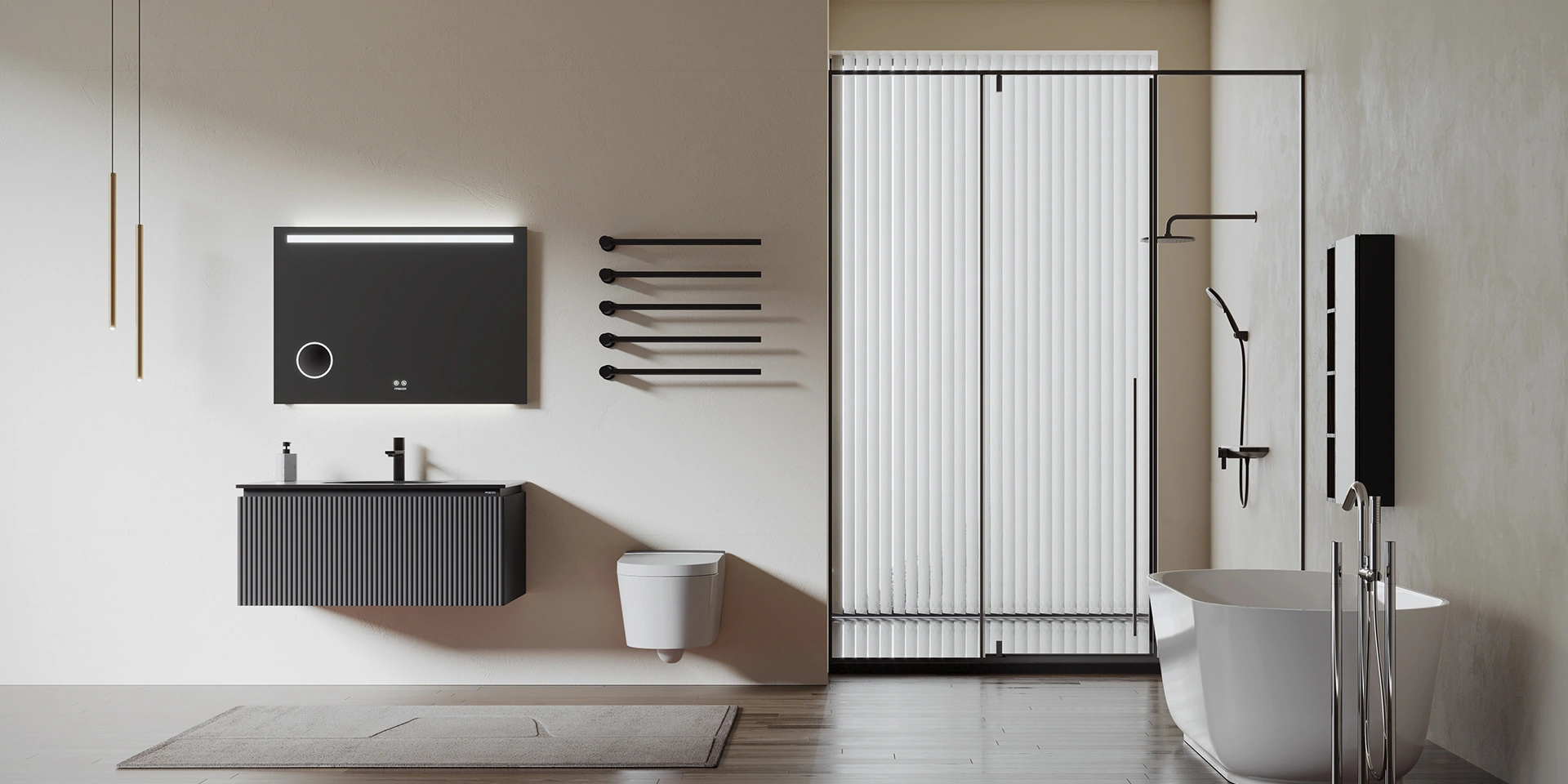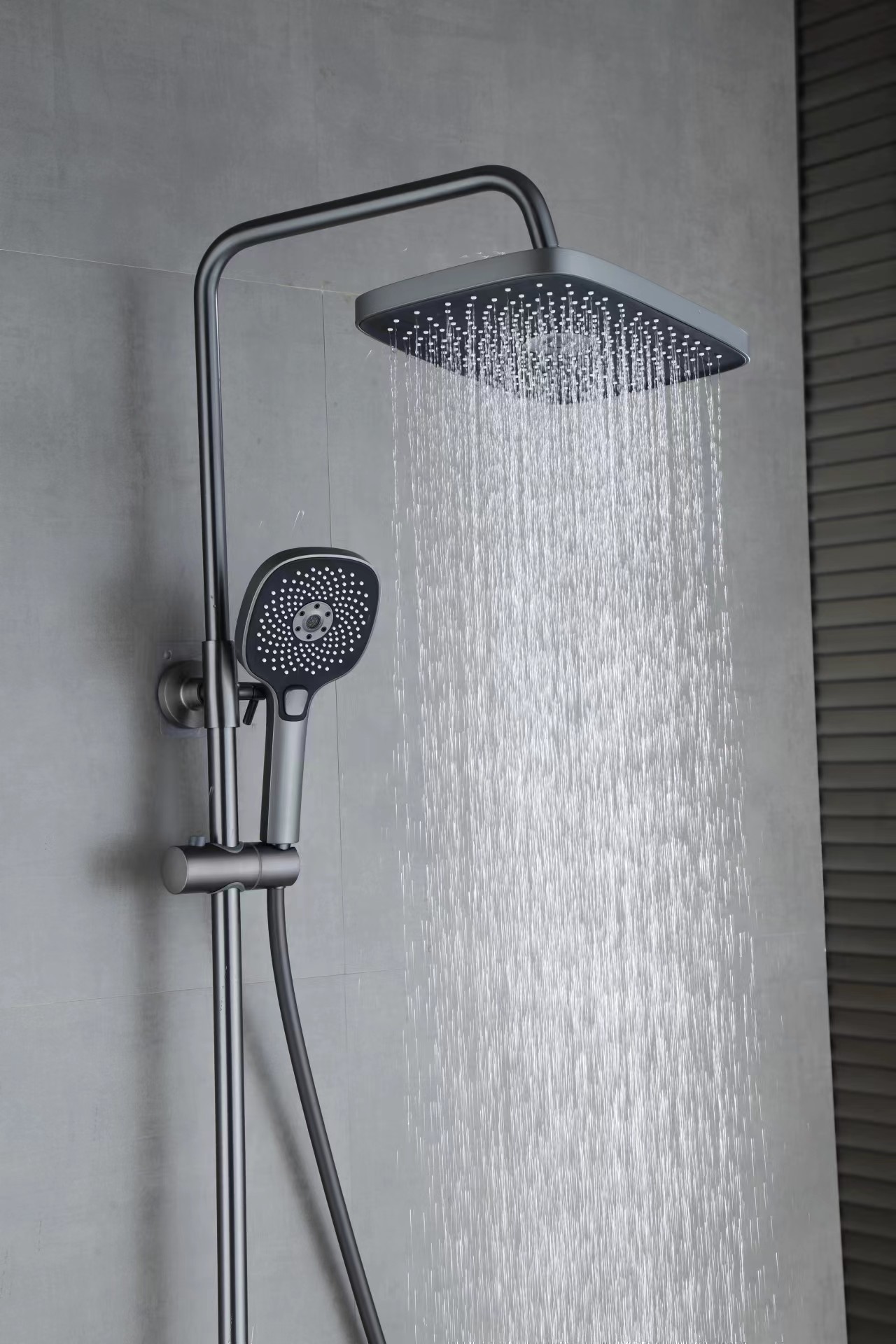Understanding Non-Woven Butyl Sealant Strips: A Comprehensive Overview
Release time:
2025-07-08
Non-woven butyl sealant strips are increasingly recognized for their effectiveness in a variety of sealing applications. These strips are crafted from a blend of synthetic rubber compounds and non-woven materials, making them an ideal choice for projects requiring a robust and reliable seal. One of the standout features of non-woven butyl sealant strips is their excellent adhesion properties, which allow them to bond effectively to many surfaces, including metals, plastics, and glass. This characteristic makes them particularly valuable in industries where airtight and watertight seals are critical.
One of the primary advantages of using non-woven butyl sealant strips is their flexibility. They can easily conform to irregular surfaces, ensuring a tight seal even in challenging conditions. This adaptability is essential in applications such as automotive sealing, construction, and various industrial processes. Additionally, these strips are resistant to moisture and UV light, which enhances their durability in outdoor and demanding environments.
In terms of application, non-woven butyl sealant strips can be used for a variety of purposes, including sealing windows, doors, and other joints. They are also utilized in the assembly of HVAC systems, where maintaining pressure and preventing leaks is imperative. Their ease of installation further adds to their appeal, as they can often be applied without the need for additional tools or complex procedures.
When considering non-woven butyl sealant strips, it's important to note their temperature resistance. They can perform effectively in a wide range of temperatures, making them suitable for both high-temperature and low-temperature environments. This versatility ensures that they maintain their sealing properties under fluctuating thermal conditions.
Moreover, non-woven butyl sealant strips contribute to improved energy efficiency in buildings and vehicles by preventing air and moisture leaks. This characteristic not only enhances comfort but also supports sustainability efforts by reducing the energy required for heating and cooling.
In summary, non-woven butyl sealant strips are a highly effective sealing solution, offering a combination of flexibility, durability, and ease of application. Their excellent adhesion, moisture resistance, and temperature tolerance make them a preferred choice across various industries. Understanding their properties and applications can significantly benefit professionals looking to enhance the integrity of their industrial sealing projects. Whether you are involved in construction, automotive manufacturing, or HVAC installation, exploring the advantages of non-woven butyl sealant strips can lead to more efficient and reliable results.
One of the primary advantages of using non-woven butyl sealant strips is their flexibility. They can easily conform to irregular surfaces, ensuring a tight seal even in challenging conditions. This adaptability is essential in applications such as automotive sealing, construction, and various industrial processes. Additionally, these strips are resistant to moisture and UV light, which enhances their durability in outdoor and demanding environments.
In terms of application, non-woven butyl sealant strips can be used for a variety of purposes, including sealing windows, doors, and other joints. They are also utilized in the assembly of HVAC systems, where maintaining pressure and preventing leaks is imperative. Their ease of installation further adds to their appeal, as they can often be applied without the need for additional tools or complex procedures.
When considering non-woven butyl sealant strips, it's important to note their temperature resistance. They can perform effectively in a wide range of temperatures, making them suitable for both high-temperature and low-temperature environments. This versatility ensures that they maintain their sealing properties under fluctuating thermal conditions.
Moreover, non-woven butyl sealant strips contribute to improved energy efficiency in buildings and vehicles by preventing air and moisture leaks. This characteristic not only enhances comfort but also supports sustainability efforts by reducing the energy required for heating and cooling.
In summary, non-woven butyl sealant strips are a highly effective sealing solution, offering a combination of flexibility, durability, and ease of application. Their excellent adhesion, moisture resistance, and temperature tolerance make them a preferred choice across various industries. Understanding their properties and applications can significantly benefit professionals looking to enhance the integrity of their industrial sealing projects. Whether you are involved in construction, automotive manufacturing, or HVAC installation, exploring the advantages of non-woven butyl sealant strips can lead to more efficient and reliable results.
Related News
Share
 Ruigad@Ruigad.com
Ruigad@Ruigad.com
 0592-6363076
0592-6363076








